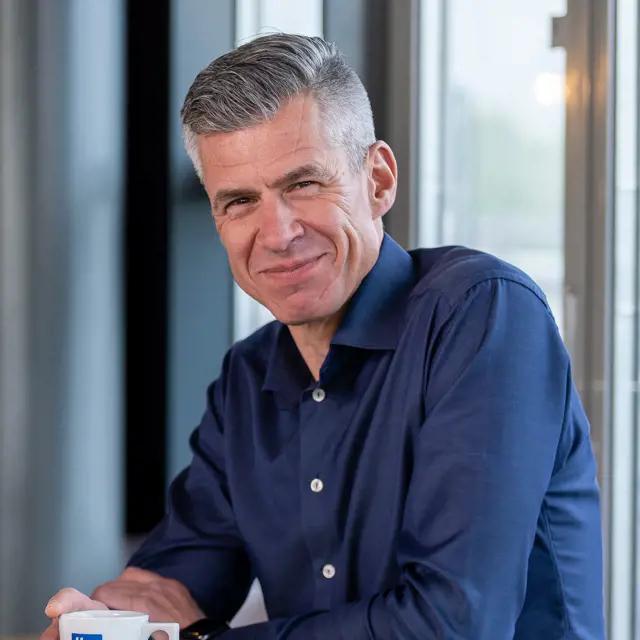What if your growth ambitions outpace your IT landscape? Eneco eMobility saw major opportunities in the fast-moving EV charging market and went all-in on growth. But growth takes more than ambition and hard work: it also demand a scalable, solid digital foundation. What followed was a far-reaching IT-transformation: from monolithic to modular, and from custom-built to future-ready.
Maarten van der Beek, CTO of Eneco eMobility, reflects on the journey Eneco eMobility has taken together with HSO.
"At the start of eMobility, we opted for a tailormade IT infrastructure. This allowed us to quickly deliver what customers wanted, but over time it also led to a lot of custom development and a drift away from standard processes. Our IT partner helped us grow, but at a certain point, we hit a ceiling. We needed to transition to an enterprise IT platform, with separated functionality and a more scalable, standardized foundation."
Eneco eMobility brought in HSO to guide the transition. "In that initial phase, HSO really took ownership of the program, handling both the architectural design and part of the program management," Maarten recalls.






